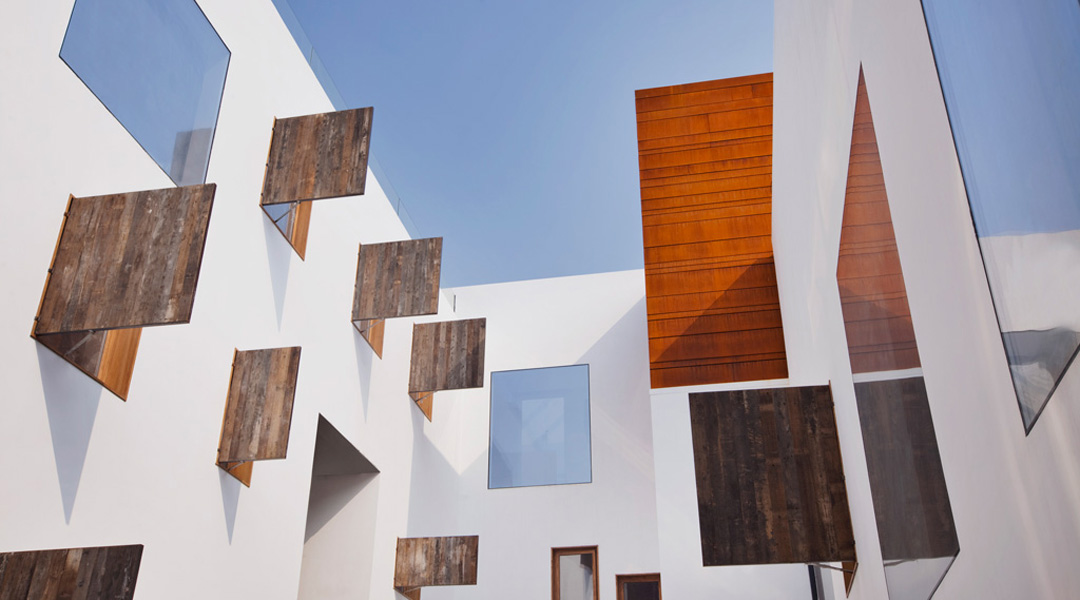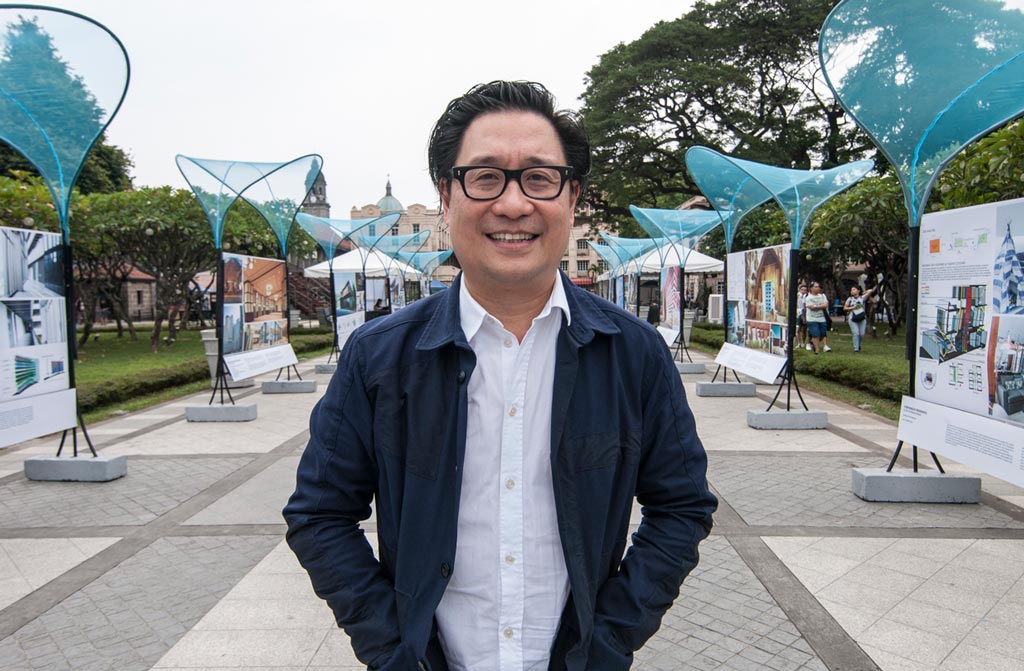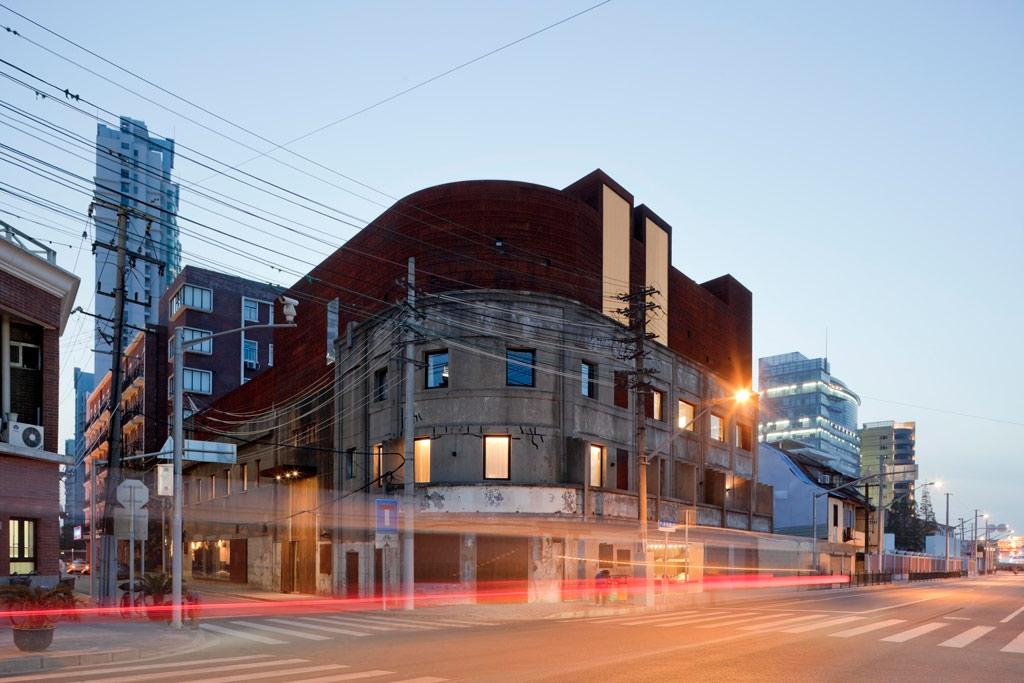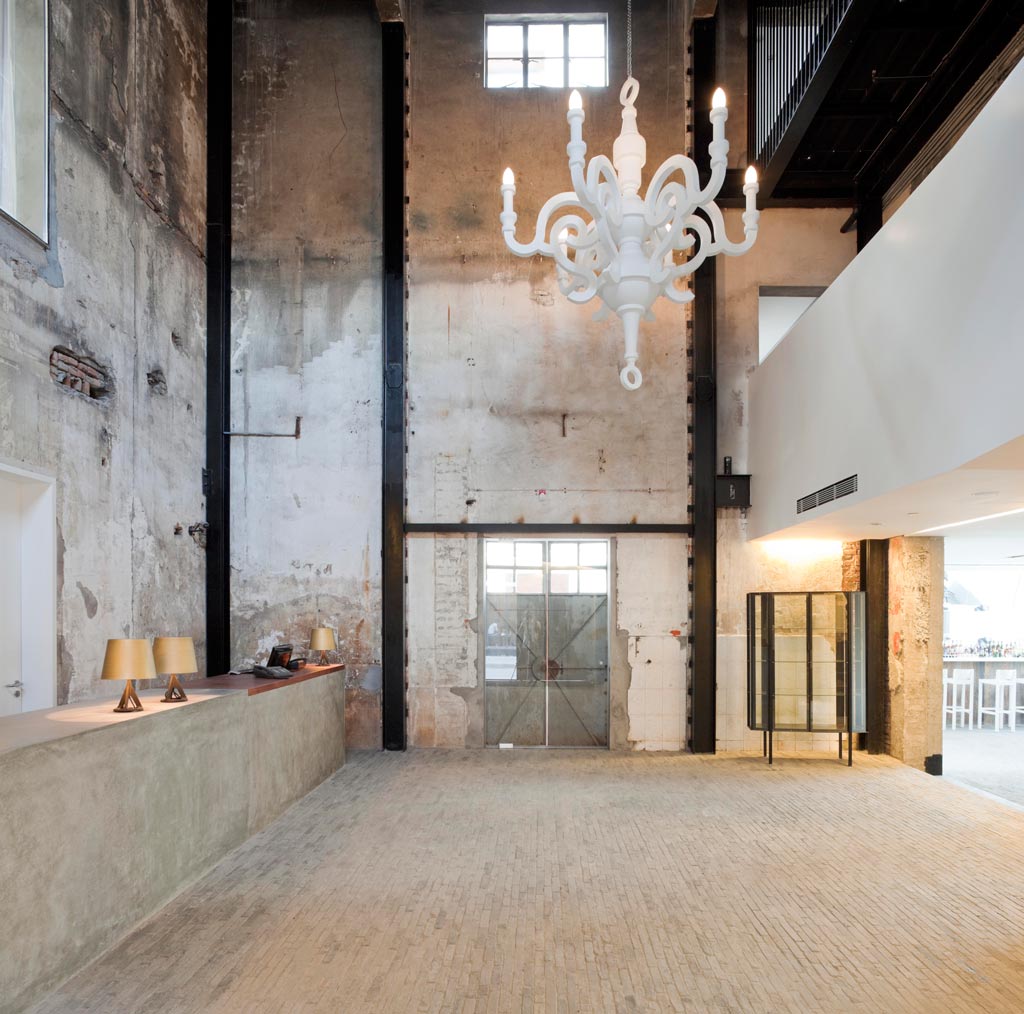
Meaningful by Design: An Interview with Lyndon Neri (part 1)
Neri&Hu Design and Research Office is an inter-disciplinary international architectural design practice based in Shanghai, China, with an additional office in London, UK. Founded in 2004 by partners Lyndon Neri and Rossana Hu, the office works internationally providing architecture, interior, master planning, graphic, and product design services.
Neri&Hu design everything from buildings to furniture and kitchenware, and make no distinction between the macro and the micro. The designers believe in total design that refers not only to the broad range of objects to which they get to focus their attention; but with architecture in particular, gives the pair license to consider a building as an entirety in which every aspect bears meaning and significance. By relying heavily on context and respect for urban memory, their buildings are modern demonstrations of culture that are at once serene and energetic.
BluPrint caught up with Lyndon Neri at the recent Anthology Festival in Manila to talk about his motivations, views on design and place-making, and the challenges faced by an ever growing international design practice.

BluPrint: What is the design philosophy that underpins your work?
Lyndon Neri: I quote Antoine de Saint-Exupéry quite a bit. (“We don’t ask to be eternal beings. We only ask that things do not lose all their meaning.”) The design philosophy is not so much stylistic but about searching for meaning and purpose in the projects we do. I think that if there is no ideological purpose in the things you do, then you are just doing things for vanity. This isn’t to dismiss people who just do forms and materials. That’s important to us as well, but not so crucial.
How do you find balance between aesthetic appeal and function?
I don’t think there should be a separation. People make a big issue out of “is it form follows function or function follows form?” I think it’s important to understand that every good design should function well. That should be basic. It’s like people saying to me, “Do you believe in sustainability?” I say that should be basic. I think function should be basic.
If people just do form for the sake of form without having the right function, it’s really not good design. Yet, if it’s functional and it’s not good proportion, it’s also not good design. So I think there should be no separation to doing good work. There have been many different periods when one takes over the other, and I think people are smarter now and we are in the social world where internet is prevalent so you could get exposed very easily.

What is the importance of authenticity in your work?
Very important… from the bigger conceptual framework at the start down to the choice of materials. Authenticity is very important especially in the city where we’re practicing where it is so convoluted and people will just copy what they want to copy. I mean, China is known for that. Japan was like that in the 50s. You have to remember the Germans did that too. Before they created BMW and Mercedes they looked at Ford and they decided, “Oh, this is a good idea” so they were never seen as good car makers. It is the idea that copying is another form of flattery.
Asians tend to believe that you have to copy the master in order to do something better but the problem with China today is that people copy and just keep it as a copy. They don’t build and create a new language and a new understanding.
Fundamentally, I have problems with that. When Rossana and I chose Shanghai as a city about thirteen years ago it was rather brave of us because we basically went against the government, we went against the local design community. At the same time all of a sudden the international community were also asking us or challenging us. In many ways we were reluctant ambassadors. We’re sort of a national voice.

It comes as quite a revelation, given how serene your works are, that there is this streak of rebellion beneath it all.
If you look at a lot of the typologies we deal with, we get so hung up with wanting to do something that is Western. But even if you look at the Filipino nipa hut – the overhang, there’s a reason there’s an overhang. It’s not just beautiful. It shelters and also there’s the stream and flow, and yet the things are lifted up because of the waterways, it can be beautiful. But then we just throw it away and we want a tower.
And we think modernity is created by the western world. No. It just so happened that in the 50s the economy was in New York. And therefore there was a need to rise, and therefore people always say this is an American thing. It’s not an American thing. It’s a human condition. So if you think in the 1950s or during the 1930s if the economy happened to be, say, in Japan or the Philippines, high-rises might have become a Filipino thing. We have to separate human condition and we always allocate for it.
And that’s the bridge that we’re creating. We’re hoping that one day people will say, “Well if Neri&Hu can do it in architecture, in interior, and product design, we too can do it.”
Growing up people always say blonde hair, blue eyes is much prettier. There is that insecurity among Asians that if it’s white it, must be nice, it must be better looking. I mean they are good looking, but to me Asians are equally good looking. I’m not saying better looking. Equally good looking. So when you take that stand, and you understand yourself, you will make the world a better place. Otherwise, you are constantly re-appropriating certain contexts that you do not understand. Be it from Europe or from America, you could be inspired but just take it and plant it. So authenticity is paramount.
When you look at product design for instance, everyone was shocked because outside of the Japanese, we were the first Chinese designers who won the ELDIDA Elle Deco International Design Award (the prestigious product design recognition). And we were shocked ourselves when we won! But it was unanimous. All the editors picked us. And the body of work represented a genre that talked about a certain context that people were practicing.
I realized after we had won that a lot of people from Thailand, Jakarta, and Singapore said, “You really paved the way for Asians to say, ‘We too can do it’.” And that’s the bridge that we’re creating. We’re hoping that one day people will say, “Well if Neri&Hu can do it in architecture, in interior, and product design, we too can do it.”
It’s an honor well deserved.
Thank you. But it’s been a struggle the last fourteen years to fight against a system that does not want to accept the fact that you can be authentic as Asians, that you can be original as Asians, that you could have strong ideology as Asians. ![]()
Read the continuation of this interview with Lyndon Neri here.


